WO3-Based Catalyst for Conversion of Glucose into Lower Diols
- Details
- Category: Tungsten Information
- Published on Saturday, 09 October 2021 22:39
- Hits: 1588

Global warming caused by greenhouse gas emissions has become an unignorable threat to human survival. The increase in global mean temperature is directly proportional to the accumulation of carbon dioxide (CO2) emissions. Biofuels have become an attractive option to replace current petroleum-based liquid fuels.
WO3 Cocatalyst Improves Hydrogen Evolution Capacity of ZnCdS
- Details
- Category: Tungsten Information
- Published on Wednesday, 06 October 2021 11:52
- Hits: 1505

With the intensification of global warming and fossil energy crisis, people are paying more and more attention to the search for renewable clean energy. Solar energy and hydrogen energy are a kind of sustainable energy. Photocatalytic technology can convert solar energy into hydrogen energy. In recent years, the use of semiconductor materials to split water to produce hydrogen under light has always been a research hotspot.
WO3/BiOCl Heterostructure for Photocatalytic Degradation of Organic Pollutants
- Details
- Category: Tungsten Information
- Published on Tuesday, 05 October 2021 09:53
- Hits: 1634
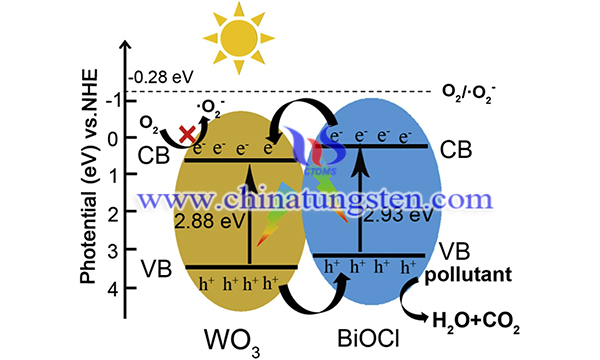
Hydrothermal Synthesis of Tungsten Trioxide Nanosheets
- Details
- Category: Tungsten Information
- Published on Saturday, 25 September 2021 10:39
- Hits: 1688
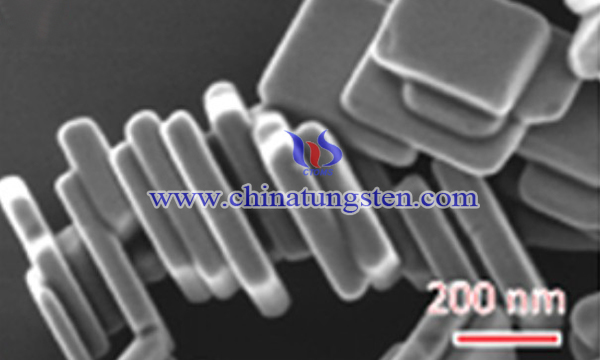
Tungsten oxide nanomaterials have been widely studied due to their excellent gas sensitivity, photocatalysis, electrochromic and other properties. Tungsten trioxide (WO3) with nanostructures is expected to be a candidate material for gas sensors for detecting various gases (NH3, H2S, NO2, CH3OH, etc.). Tungsten oxide nanomaterials with specific size and morphology are synthesized by thermal oxidation method, hydrothermal method, electrochemical anodic oxidation method and other methods. Hydrothermal synthesis specifically shows much more advantages of more effective, low cost, easier to operate and environmentally friendly.
Preparation of Nanosized Tungsten Trioxide by Sol-Gel Method
- Details
- Category: Tungsten Information
- Published on Saturday, 25 September 2021 10:18
- Hits: 1905
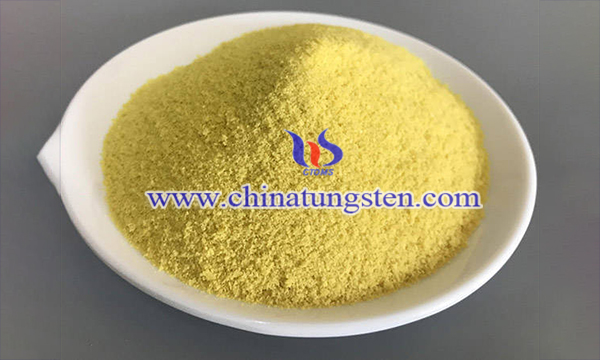
Tungsten trioxide (WO3) is a non-toxic n-type semiconductor with an indirect and general wide band gap in the range of 2.4-3.6 eV. Therefore, it is an excellent candidate for applications in various fields of industry, medicine, science and military engineering. This effect is due to the unique properties of tungsten oxide nanostructures and their composite materials, such as excellent thermal corrosion resistance and good ductility, high density, strength and elastic modulus, amazing antibacterial activity, and efficient heat and activity Oxygen (ROS) production through light interaction.
WO3 Porous Nanosheet Arrays with Amazing NO2 Gas Sensing Performance
- Details
- Category: Tungsten Information
- Published on Friday, 24 September 2021 18:49
- Hits: 1690

As a typical exhaust gas from industry and automobiles, nitrogen dioxide (NO2) not only causes environmental problems, but also affects the human health. Tungsten trioxide (WO3) is an n-type semiconductor oxide, which has proven to be particularly suitable for detecting NO2 gas.
WO3 Modified TiO2 Nanotube Array for Rhodamine B Degradation
- Details
- Category: Tungsten Information
- Published on Friday, 24 September 2021 00:49
- Hits: 1458

The main source for water and soil pollutions is hazardous colorants in waste water discharged from textile industries. Rhodamine B (RhB) is the most used dye in the textile industries hence it is widely considered as a typical water pollutant. Among the several methods available today, the removal of Rhodamine B dye from the textile waste water via photocatalytic degradation has received much attention from researchers because it can convert the Rhodamine B dye into water, carbon di-oxide and mineral acids without creating secondary pollutants.
WO3 Applied in Dye-Sensitized Solar Cells (DSSCs)
- Details
- Category: Tungsten Information
- Published on Thursday, 23 September 2021 11:44
- Hits: 1929
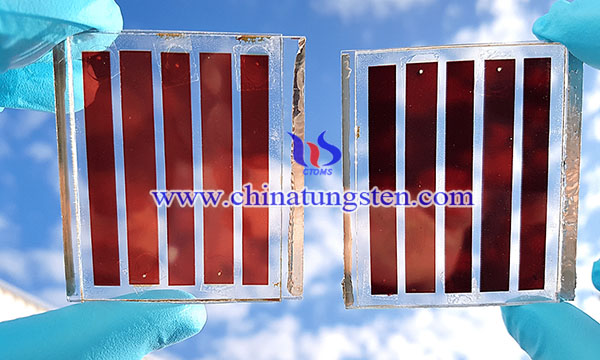
Dye-sensitized solar cell (DSSC) is one of the most popular renewable energy equipment, which has been studied for its light weight, simple manufacturing process, low cost, transparency, good plasticity, and environmental friendliness. The photoanode is one of the main factors affecting the energy conversion efficiency of DSSCs. The efficiency of DSSC-based titanium dioxide (TiO2) is significantly limited by the high interface photogenerated electron-hole recombination rate and the low electron mobility of the TiO2 photoanode.
WO3/SiO2 Catalyst for Aromatic Nitration
- Details
- Category: Tungsten Information
- Published on Thursday, 23 September 2021 09:47
- Hits: 1608
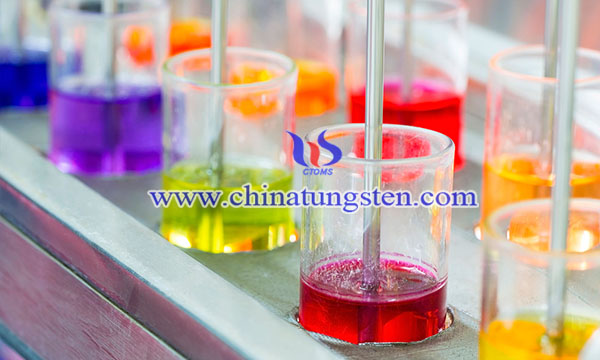
Aromatic nitration has long been an important process in industrial chemistry, because nitroaromatic products are widely used as dyes, pesticides, solvents, drugs, and intermediates for the manufacture of synthetic dyes and other chemicals. Traditionally nitration is carried out by using mixture of concentrated nitric acid (98%) and sulphuric acid in the proportion of 1:2. However the process produces large quantity of dilute sulphuric acid which leads to environmental pollution.
I-P Co-Doped WO3 for Photocatalytic Degradation of Dyeing Wastewater
- Details
- Category: Tungsten Information
- Published on Tuesday, 21 September 2021 12:18
- Hits: 1439

Nearly 20% of water pollution is caused by the leather and textile industries. Textile wastewater contains a lot of organic pollutants, including dyes that are widely used in industry. At the same time, printing and dyeing wastewater has also caused water problems and health problems.



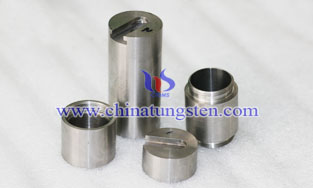


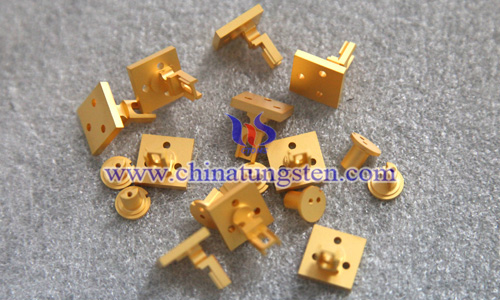
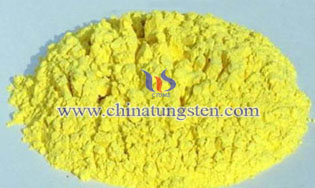
 sales@chinatungsten.com
sales@chinatungsten.com